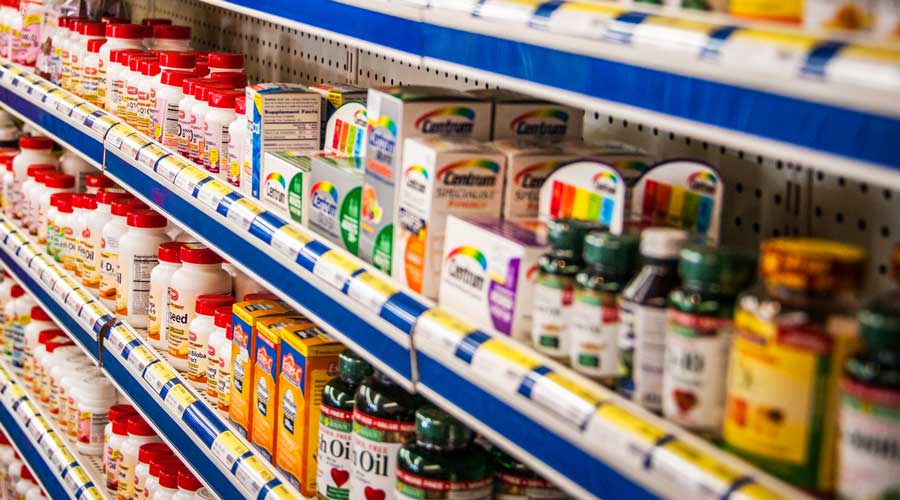Just like vitamins are often an essential part of a patient’s daily health routine, regularly working to improve vitamin sales in your front end should be part of your routine to lead to a healthy bottom line.
If you’re not selling as many vitamins as you would like to, then you might want to tweak your sales strategy. A recent survey from Field Agent, a marketing company, found several key insights about vitamin and supplement buying behaviors, use and advertising. Use these facts to help you promote vitamins more effectively.
Here are seven insights from the survey, and tips for applying these discoveries to increase vitamin sales at your pharmacy.
1. Labels matter
Fifty-two percent of respondents reported relying on labels when purchasing vitamins, making it the most common source of information. In contrast, only 18 percent of respondents reported getting information about vitamins from a pharmacist.
Tip: When you recommend vitamins to patients, be sure to cite the label to boost the power of your recommendation. Point out the label to show patients that the product has what they’re looking for.
2. Vitamins are tools to achieve other goals
The right vitamin or supplement can help patients reach their goals. Seventy-four percent of respondents want to exercise more and 68 percent want to lose weight, but only 16 percent reported taking a muscle-building supplement and only 22 reported using supplements to lose weight.
Tip: Recommend supplements that promote weight loss and help build muscle. Post a sign in your pharmacy asking if patients are interested in boosting their workouts and losing weight.
3. The reason for use differs
The most commonly cited reasons for using vitamins were:
- General health, 83 percent
- Boost immune system, 45 percent
- Energy and mental focus, 25 percent
Tip: Use these commonly cited reasons for vitamin use as pressure points to highlight the benefits of vitamins. Ask patients questions like, “Are you interested in improving your general health or boosting your immune system?” Then, recommend a vitamin that is specific to the patient’s interest.
4. Dosing is inconsistent
Vitamin use is often sporadic. According to the survey, 37.4 percent of patients buy vitamins every two to three months. Non-adherence means patients don’t get the full benefits of the vitamin, and your pharmacy misses out on refill sales.
Tip: Encourage vitamin adherence with your patients by helping them sync their vitamin purchases with their prescriptions. That way, they’ll be able to pick everything up at once, which can boost your pharmacy’s sales.
5. Coupons, discounts, and deals work
About 26 percent of respondents said they buy vitamins if they’re on special most of the time, and 17.3 percent said they almost always buy vitamins that are on special.
Tip: Promote vitamins that are on sale, and hand out manufacturer coupons for any new vitamin brands. Promote these discounts on your pharmacy’s website or Facebook page.
6. Vitamins are part of a larger purchase
More than 80 percent of people said that they bought vitamins as a part of a larger purchase, meaning patients rarely make a trip to the pharmacy just for vitamins.
Tip: Recommend vitamins at check out, and display vitamins near the counter so you can suggest them as a last-minute add-on purchase. Focus on getting patients who are already at your pharmacy to add vitamins to their purchase.
7. Price point matters
According to the survey, 74 percent of respondents are influenced to buy a vitamin because of price, and 59 percent said they buy a vitamin because it’s a deal.
Tip: Focus your promotional efforts and recommendations on vitamins and supplements that are on sale.
Use this survey’s findings to sell smarter and boost your pharmacy’s vitamin sales.












